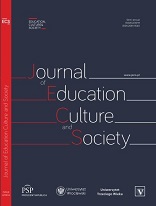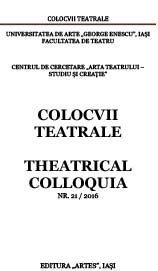Author(s): Stanislava Marić Jurišin / Language(s): Serbian
Issue: 2/2016
In recent years, emotional literacy as a concept, deservedly finds its place in the educational system. School, the declared institution with upbringing function becomes the place where the emotions are taught and learnt. The paper gives an overview of the historical development of the concept of emotional literacy and socio-emotional competencies as key competencies for the XXI century. For a starting point Steiner's model of learning emotional literacy was taken with a special emphasis on segments of emotional consciousness such as emotional numbness, physical sensations, chaotic primal experience, differentiation of emotions, empathy and interactivity. By analyzing the relevant literature it was noticeable that there is a growing number of studies whose results support the statements that the social and emotional competencies can be learnt through programs integrated into the school curriculum, where such programs affect the reduction of the student's problematic behavior and emotional difficulties, but at the same time increasing social adjustments and encourage academic achievement. Programs like these are common in the world and they all have a positive impact on the social, emotional and academic success of children and adolescents. Salovey, Mayer and Caruso back in 2000 pointed out that over 300 programs dealing with social and emotional learning existed, of which as many as 150 programs were oriented at emotional literacy. But it is symptomatic that only a small number of these programs were designed primarily to encourage social and emotional competencies. In addition to this shortfall the authors point to the problem of insufficient control of the conditions of implementation and evaluation of programs, as well as the inadequacy of programs for different ages (Munjas Samarin i Takšić, 2009). Analyzed programs, done by mentioned authors, as well as others presented in this paper, can be divided into the following categories: Programs for promotion of mental health; Programs for the prevention of the use of psychoactive substances; Programs for the prevention of antisocial behavior, truancy and drug use; Programs to encourage academic achievement and learning; Programs for positive youth development and Programs based on the school curriculum. The paper presents the current situation in our schools and some examples of good practice from countries that have long been engaged in social-emotional learning. Taking into account the acute situation in this field in the upbringing and educational practice in the Republic of Serbia this paper offers significant pedagogical implications, which indicate that in this process teachers, children, schools, families, local communities, the line ministry, etc. have the same rights and obligations.
More...








